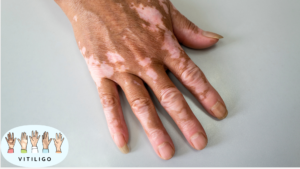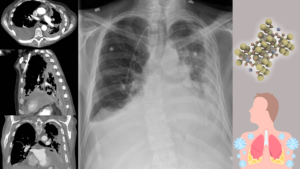Avoiding lead exposure at work
2 min readLead is a toxic, naturally occurring heavy metal. Although used less often than in the past, it can be found in a variety of industries, including construction, mining and manufacturing.
“In each of these industries, workers are at risk of being exposed to lead by breathing it in, ingesting it or coming in contact with it,” NIOSH states.

What’s the danger?
Most people are aware that exposure to lead is harmful, but what makes it so hazardous?
When lead enters the body, it’s stored in a person’s bones, blood and tissues, NIOSH states. It remains there, where it becomes a continual source of internal exposure. “As we age, our bones demineralize and the internal exposures may increase as a result of larger releases of lead from the bone tissue,” the agency notes.
Short-term overexposure can cause fatigue, abdominal pain, headaches, loss of appetite, memory loss, and pain or tingling in the hands or feet. Because these symptoms tend to occur slowly over time, they may be misdiagnosed as something else or overlooked entirely.
Long-term exposure to lead can trigger abdominal pain, constipation, distractedness, depression, and nausea and sickness. Additionally, workers exposed to lead for long periods may be at risk of high blood pressure, heart and kidney disease, and fertility problems.
Staying healthy
It’s important that lead safety be taken seriously.
NIOSH offers a number of recommendations for supervisors and workers:
- Don’t eat or drink in areas where lead-containing products are processed or handled.
- Wash hands regularly with an effective lead-removal cleanser.
- After working around products that contain lead, shower and change clothes and shoes at work to help prevent tracking it home.
- Ensure areas where work is performed with lead are well-ventilated.
- Wear appropriate personal protective equipment, including goggles, gloves, boots and other protective clothing items.
- If you’re pregnant or plan to become pregnant and have concerns about lead exposure, talk to your health care provider.
- Workers who may be exposed to lead should check with their employers to see if blood lead-level testing is offered.
For more information on lead safety at work, visit www.cdc.gov/niosh/topics/lead.



